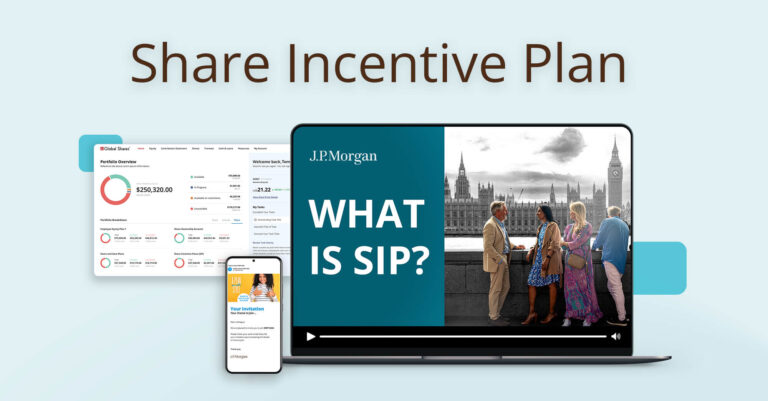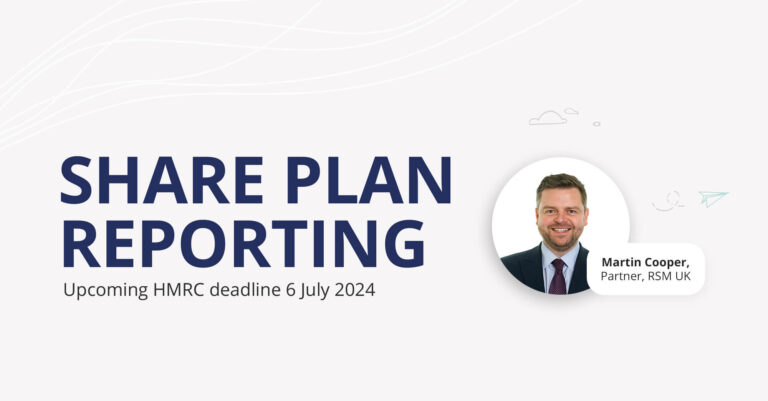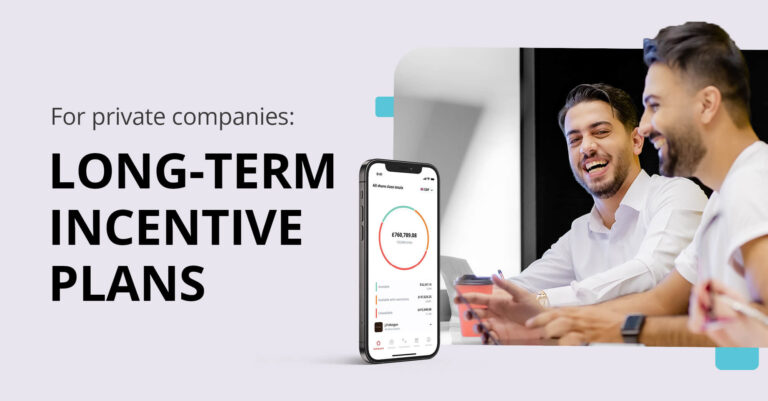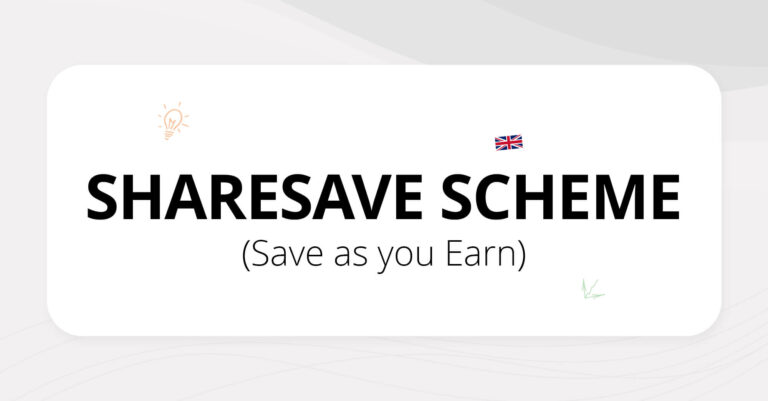You have decided that an ESPP (employee stock purchase plan) is the right fit for your company. Now, you need to think about how to design and operate a robust ESPP that meets your goal of attracting and retaining your employees.
Here are 7 ESPP mistakes to avoid when planning and running your ESPP from the beginning.
1. Not taking the time to understand ESPPs
ESPPs are a flexible broad-based program, meaning you can customize your plan to achieve your company goals. Not fully understanding how a plan can be designed may result in an unoptimized plan. Read our quick ESPP guide to understand what an ESPP is and how it works. Here are some of its features and limits to consider:
- Plan type: Qualified and non-qualified
- Qualified plan: Provides tax benefits but comes with more restrictions
- Non-qualified plan: Provides more flexibility in plan design but doesn’t qualify for the same tax benefits as the qualified one.
- Plan discount: Often 5% – 15% (Non-qualified plans can offer an even higher discount)
- Length of the offering period: Commonly 6 months, 12 months, or 24 months. Companies can have an even longer offering period (e.g. 27 months)
- Annual contribution limit: $25,000 (for the qualified plan only)
If you’re looking to have more employee-owners to align with the company’s missions, for example, you might need an attractive plan to boost the enrollment rate. An ESPP offering a 15% discount with a lookback feature has a participation rate of 44%, well above the rates for plans offering a lower discount or no lookback. (Source: Fidelity)
2. Not knowing your audience
Demographics have a significant impact on how ESPPs are engaged, especially in a multi-generational workforce.
A younger workforce may have less disposable income and might not see the long-term financial benefits associated with ESPPs. An older workforce may have different priorities as they look toward retirement.
So, when introducing the plan to your employees, you may want to segment the target audience to build better employee engagement. In each group, customize the messaging and emphasize how the ESPP can help achieve their personal goals.
3. Not communicating adequately
Designing a plan that is fit for purpose is essential, but communication to plan participants in the lead-up to the introduction of your ESPP is imperative.
Work closely with your HR team to figure out the best way to communicate the who, the why and the what of your plan. Make it as digestible as possible, and use multi-media components like tables, timelines, charts, etc to engage employees. See this ESPP 2-pager.
Remember that employees learn and digest information in different ways, so make sure that your communication channels are varied to take this into account. To learn more, head over to our communications strategies for ESPPs.
4. Getting tax and compliance wrong
Tax and compliance issues can become very complicated, especially if you have a global workforce.
The rules and regulations vary widely from country to country, e.g. local payroll tax, withholding and reporting obligations, securities filings, foreign exchange restrictions, payroll deduction limitations, etc.
Failing to understand the impact that these issues can bring about could fatally undermine your ESPP, so make sure that you have a complete grasp of this area.
As a global ESPP expert, not only do we provide ESPP software, but we also provide a team of equity plan specialists and a client manager to guide you through from gathering global employees’ data to compliance and reporting.
5. Not seeking for plan approval
Tax-qualified ESPPs under Section 423 must be approved by shareholders of the granting corporation within 12 months before or after the date the plan is adopted.
Oftentimes, securing shareholder approval for ESPPs is not very hard because ESPPs align the interests of employees with those of the company’s shareholders.
6. Not planning for your ESPP before IPO
There are multiple benefits if you can think about an ESPP before your IPO.
Easier plan approval: Shareholder approval is easier for private companies because approval usually only requires the support of a closely held group of founders and venture capital investors.
Automatically replenish shares every year: If your ESPP is approved while your company is private, you can also include an evergreen provision to automatically replenish shares every year (for rewarding employees in the future) without requiring further shareholder approval.
IPO excitement: It’s okay not to prepare for an ESPP pre-IPO, but offering ESPPs at IPO is an ideal way to ensure IPO excitement is felt by your broad-based workers.
7. Managing your ESPP in a spreadsheet
Managing your ESPP data in-house and manually comes with a variety of pitfalls:
- Human error will occur: When a mistake creeps into a spreadsheet, it may go undetected for a period and then prove difficult to track back to the source.
- There may be a lack of version control: Spreadsheets raise the danger of multiple document versions circulating internally to create confusion.
- Spreadsheets are time and labor-intensive: With a spreadsheet, an abundance of time, effort, and ongoing attention to detail are required to manually input/update ESPP data and analyze your plan performance in different dimensions. However, with advanced ESPP software, you can let it do the heavy lifting – automates administrative tasks and provides real-time insightful reporting in a few clicks.
If you’d like to see for yourself how the Global Shares stock plan administration software can help your company, book a one-on-one, no-obligation consultation today and we’ll demonstrate our software.
All companies referenced are shown for illustrative purposes only, and are not intended as a recommendation or endorsement by J.P. Morgan in this context.
By visiting a third-party site, you may be entering an unsecured website that may have a different privacy policy and security practices from J.P. Morgan standards. J.P. Morgan is not responsible for, and does not control, endorse or guarantee, any aspect of any linked third-party site. J.P. Morgan accepts no direct or consequential losses arising from the use of such sites











